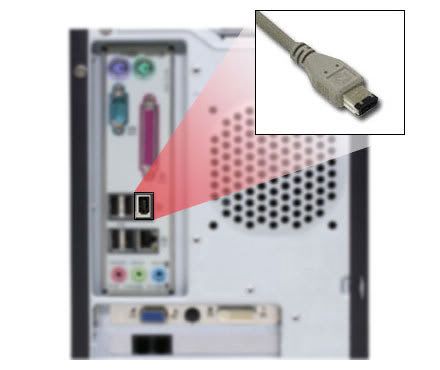Sockets

- Computer sockets are the built-in interfaces on motherboards that accept various hardware components. It uses pin grid array (PGA) where its pins connects to holes.

- A computer chip is a small electronic circuit, also known as an integrated circuit, which is one of the basic components of most kinds of electronic devices. Computer chips are small and are made of semiconductors that is usually composed of silicon, on which several tiny components including transistors are embedded and used to transmit electronic data signals.
Slots

- An opening available on the motherboard where you can insert printed circuit boards to add additional functionality to a computer system. Sometimes the openings/ holes on the rear of the case (where all the computer components are installed) are referred to as expansion slots.
Bus Lines
- pathway that transits the data between a computer's central processing unit (CPU) and its random-access memory (RAM).
- Also known as video card, video adapter, graphics-accelerator card, display adapter which all is an expansion card. It is a hardware installed to generate and render images to display on the computer’s monitor.
- Otherwise known as an audio card it is an expansion board that facilitates the input and output of audio signals. It enables the computer to output sound through speakers connected to the board, to record sound input from a microphone connected to the computer, and manipulate sound stored on a disk.
Modem Card
- A modem card allows users to connect to the Internet using a network. It can be wireless (external USB card) or it can be installed inside of a user's PC. Wireless modem cards allow Internet access by communicating with a router that is connected to a user's PC.
Network Interface Card
- hardware that is added to the PC to allow it to communicate with the network. The card attaches to a cabling that is also connected to a router. This is the central point for network connectivity, and it allows the two computers to share files and data.
Plug and Play
- It is an ability of a computer to detect and configure a new piece of hardware automatically, without the requirement of the user to physically configure the hardware device. For example, inserting a mouse to a USB port, it will work instantly.
Serial Port

- is a computer physical interface that has 9-pin connectors that relay information, incoming or outgoing, one byte at a time. Each byte is broken up into a series of eight bits, hence the term serial port.
Parallel Port
- Serial ports differ from 25-pin parallel ports in that the parallel ports transmit one byte at a time by using eight parallel wires that each carry one bit. With data traveling in parallel, the transfer rate was greater. A parallel port could support rates up to 100 kilobytes per second, while serial ports only supported 115 kilobits per second (kbps).
Universal Serial Bus Port
- Is an external serial interface used on computers and other digital devices to transfer data using a USB cable. USB port allows us to connect computer peripherals such as mice, keyboard, video camera and other external devices to transfer files.
FireWire Port

- Firewire ports are forms of a serial port that make use of FireWire technology to transfer data rapidly from one electronic device to another. The firewall technology has the ability to transfer data in a relatively fast rate which can reach up to 400 Mbps. FireWire technology also creates a connection between two independent devices, such as connecting a digital camera to a mini printer and print the photos using its original file, without uploading it to a hard drive and then initiating a printing process.









0 comments